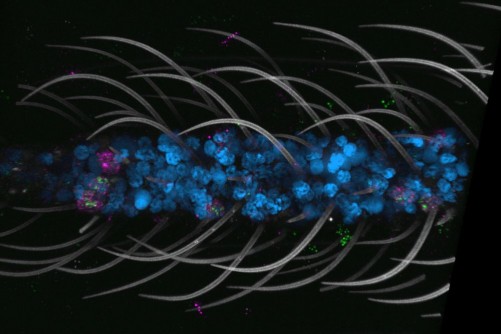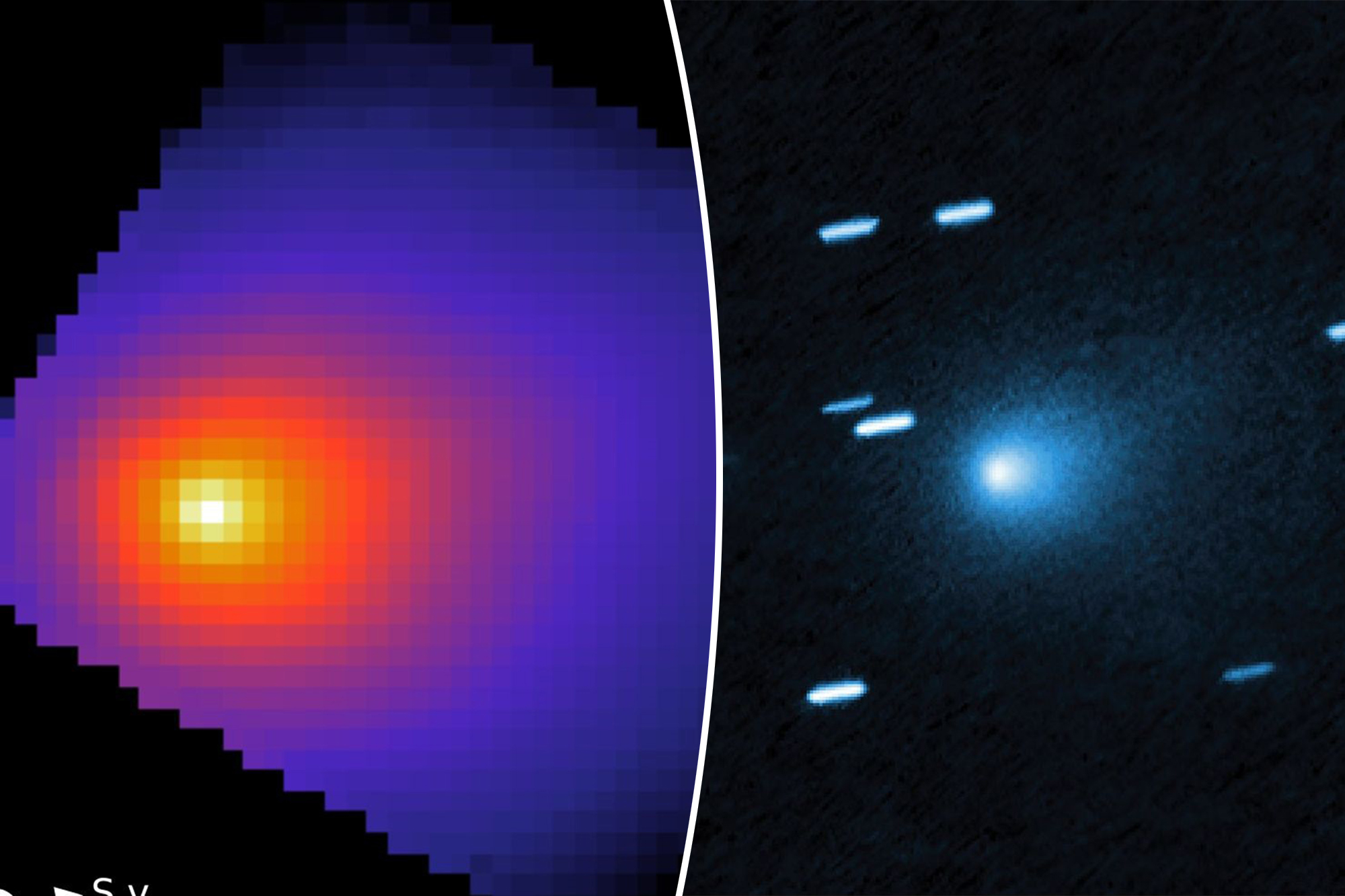Researchers from Rockefeller University have launched a significant advancement in the study of mosquitoes by releasing the world’s first comprehensive cellular atlas of the Aedes aegypti mosquito. This species is known for transmitting more diseases than any other mosquito variety, including dengue and Zika virus. The atlas details gene expression across every tissue in the mosquito, providing an unprecedented resource for scientists worldwide.
The Aedes aegypti Mosquito Cell Atlas, developed in collaboration with experts globally, presents a cellular-level view of the mosquito’s biology. This dataset is freely accessible to researchers and the public, marking a milestone in mosquito research. The findings were published in the journal Cell.
Insights into Mosquito Biology
According to Leslie Vosshall, head of the laboratory, this atlas represents a comprehensive overview of gene expression within mosquito cells. “It’s a real achievement because we profiled so many different types of tissues in both males and females,” Vosshall stated. The research highlights new cell types, unexpected similarities, and differences between male and female mosquitoes, particularly noting significant changes in gene expression in female brains after they feed on blood.
Nadav Shai, the senior author and a scientist at both Vosshall’s lab and the Howard Hughes Medical Institute, emphasized the potential impact of this dataset. “We believe this enormous dataset will really move mosquito biology forward,” he said. This resource allows researchers to delve into various aspects of mosquito biology, paving the way for new discoveries.
Methodology and Findings
The creation of this atlas involved the use of advanced single-nucleus RNA sequencing (snRNA-seq), enabling the team to analyze over 367,000 nuclei from 19 types of mosquito tissues. This thorough examination was segmented across five biological themes, including body segments, sensation and host seeking, viral infection, reproduction, and the central nervous system.
The research identified 69 cell types categorized into 14 major cell categories, many of which were previously unidentified. A notable discovery was the extensive presence of polymodal sensory neurons, which play a crucial role in how mosquitoes perceive their environment, including temperature and taste. Shai remarked, “The legs and mouth parts have really powerful tools for sensing the world,” underscoring the mosquitoes’ adeptness at locating hosts and resources.
Moreover, the study revealed that after a female mosquito feeds, her focus shifts entirely to developing and laying eggs. The researchers monitored gene expression in female brains at different intervals post-feeding, from three to forty-eight hours, discovering drastic changes. Surprisingly, it was not the neurons, which constitute around 90% of brain cells, that showed the most significant shifts but rather the glial cells, which support neuronal function.
Addressing Gender Bias in Mosquito Research
Historically, research on mosquitoes has been heavily skewed towards female specimens, largely because females are responsible for disease transmission. Vosshall pointed out, “So we wanted to be inclusive and fill in the gap,” emphasizing the need for a balanced understanding of both sexes. The atlas facilitates this by documenting male and female cellular compositions, revealing that, apart from minor differences, their cellular makeups are largely similar.
One exception noted was a unique group of cells found solely in the male antenna, marked by a gene not seen in females. Vosshall remarked, “If we hadn’t compared male and female gene expression, we never would’ve spotted them.” The implications of these findings could reshape future research on mosquito biology.
Future Directions and Global Collaboration
The Vosshall lab plans to utilize the newly created atlas to further explore mosquito behavior, particularly in host seeking and environmental sensing. Shai expressed excitement about the atlas’s potential to inspire a wide range of research avenues, stating, “The sheer size of the dataset opens up many new avenues of research that people couldn’t study before.”
Since the project’s inception in 2021, the atlas has been an open resource, allowing scientists globally to access and contribute to ongoing research. Vosshall concluded, “We’re excited to see the discoveries that will come from it,” highlighting the collaborative spirit inherent in this groundbreaking study.







